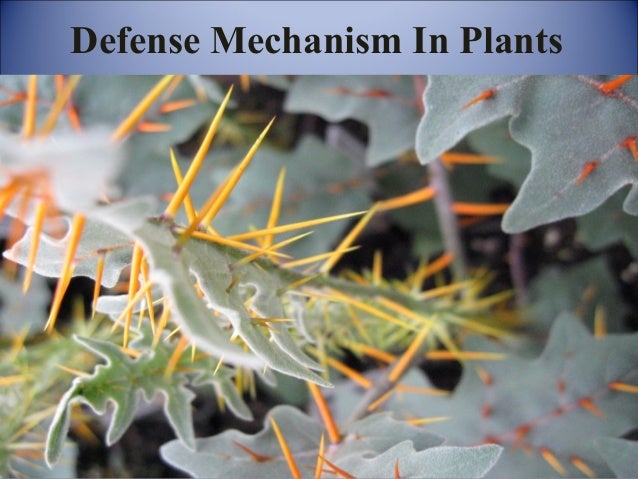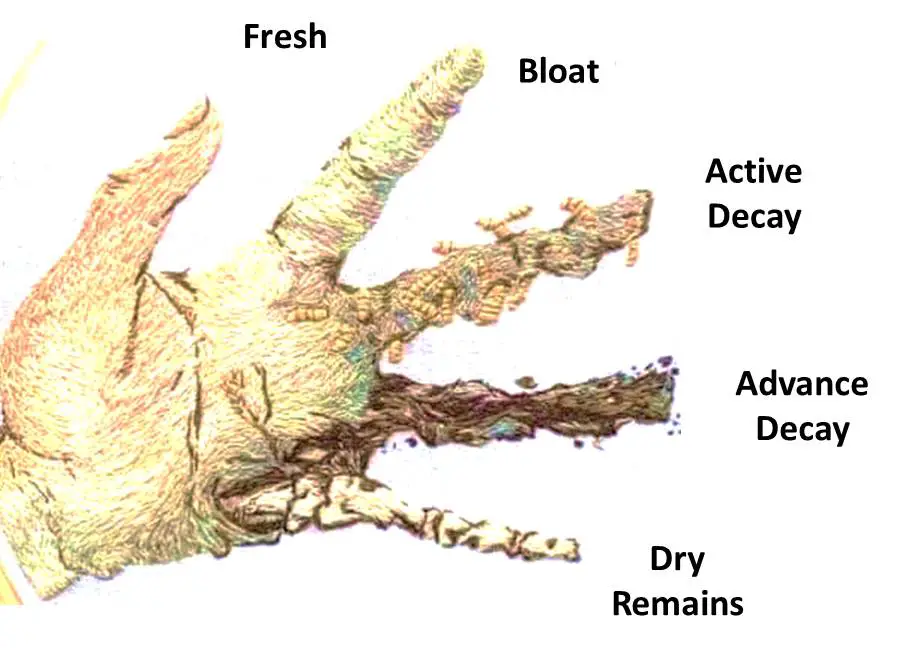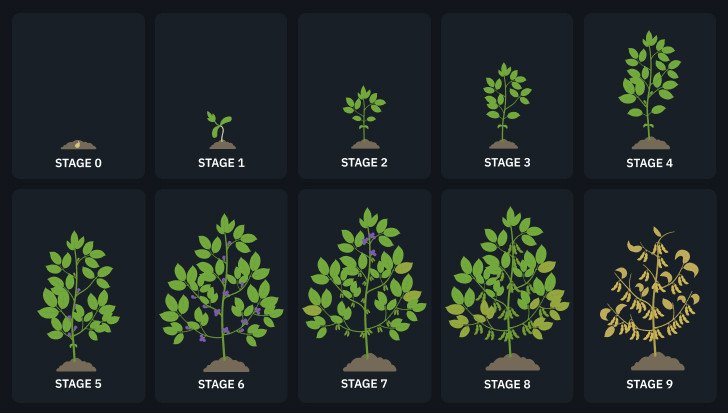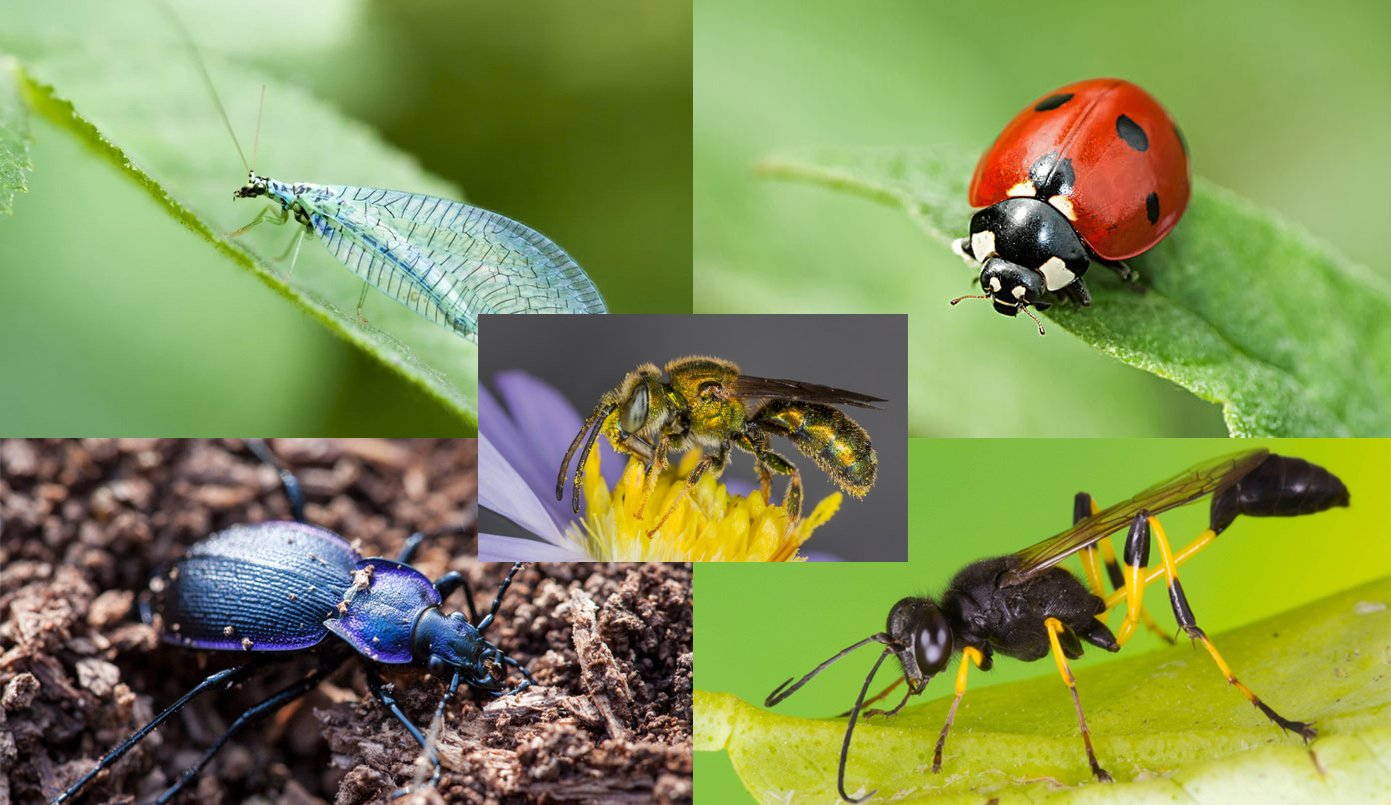
Introduction: The Silent War of the Green Kingdom
Imagine a world where the inhabitants can’t run, can’t hide, and yet, must constantly battle for survival. This is the reality of the plant kingdom. Plants, rooted in place, face a relentless onslaught of threats: hungry herbivores, insidious pathogens, and the harsh vagaries of the environment. But these seemingly defenseless organisms are far from passive victims. Over millennia, they’ve evolved a sophisticated arsenal of defense mechanisms, a silent war waged on a microscopic and macroscopic scale. This article embarks on a journey to explore these fascinating strategies, delving into the intricacies of how plants protect themselves and thrive in a challenging world.
The Enemy Within: Herbivore Defense Strategies
One of the primary threats to plant survival comes from herbivores – creatures that see plants as a delicious meal. Plants have developed a range of defenses to deter these hungry adversaries. These defenses can be broadly categorized into two types: physical and chemical.
Physical Defenses: The First Line of Protection
Physical defenses act as the initial barrier, preventing herbivores from even getting a taste. These include:
- Thorns and Spines: Think of the rose bush or the cactus. These sharp structures make it physically difficult for animals to eat the plant. The sheer discomfort often deters potential grazers.
- Trichomes (Plant Hairs): These tiny hairs can be found on leaves and stems. They can be sticky, sharp, or even release chemicals that irritate herbivores. They create a physical barrier and, in some cases, act as a deterrent.
- Waxy Cuticles: A waxy layer on the surface of leaves, the cuticle, makes it difficult for insects to grip and feed. It also provides a degree of resistance to pathogens.
- Tough Tissues: Some plants have evolved tough, fibrous tissues that are difficult to chew and digest. This makes the plant less appealing and less nutritious for herbivores.
- Silica Deposits: Certain plants incorporate silica (glass) into their tissues. This makes the leaves abrasive and difficult for herbivores to consume, as the silica wears down their teeth.
Chemical Defenses: The Arsenal of Toxins and Deterrents
If the physical defenses fail, plants deploy a sophisticated array of chemical weapons. These chemicals can range from simple irritants to potent toxins. Some common categories include:
- Toxic Compounds: These chemicals directly poison the herbivore. Examples include cyanide (found in some seeds) and alkaloids (like nicotine, caffeine, and morphine).
- Digestive Inhibitors: These compounds interfere with the herbivore’s ability to digest the plant material. Tannins, found in many plants, bind to proteins and make the plant less nutritious.
- Repellents: These chemicals don’t necessarily kill the herbivore but make the plant unpalatable or cause it to avoid the plant. Many essential oils, which give plants their characteristic scent, function as repellents.
- Hormone Mimics: Some plants produce chemicals that mimic insect hormones, disrupting their development and reproduction. This can have devastating consequences for herbivore populations.
Induced vs. Constitutive Defenses
It’s important to note that plant defenses aren’t always present. Some defenses are constitutive, meaning they are always present in the plant, providing a constant level of protection. Others are induced, meaning they are produced or activated only when the plant is attacked. Induced defenses are often more resource-efficient, as the plant doesn’t waste energy producing defenses when they aren’t needed. The activation of induced defenses is often triggered by the detection of herbivore damage or the presence of herbivore saliva.
Battling the Invisible Foe: Plant Defense Against Pathogens
Plants are also constantly under attack by pathogens, including bacteria, fungi, and viruses. The strategies they employ to combat these microscopic invaders are equally impressive.
Physical Barriers: The First Line of Defense Against Pathogens
Similar to herbivore defense, the first line of defense against pathogens involves physical barriers:
- The Cuticle: The waxy cuticle on leaves and stems acts as a barrier, preventing pathogens from entering the plant tissues.
- Cell Walls: Plant cell walls are rigid structures that provide a physical barrier against pathogen invasion.
- Bark: The bark of trees is a tough, protective layer that shields the inner tissues from pathogens.
- Stomatal Closure: Stomata are small pores on leaves that allow for gas exchange. Plants can close their stomata to prevent pathogens from entering.
Chemical Warfare: The Arsenal Against Pathogens
If pathogens breach the physical barriers, plants deploy a range of chemical defenses:
- Phytoalexins: These are antimicrobial compounds produced by plants in response to pathogen attack. They can kill or inhibit the growth of pathogens. Different plants produce different types of phytoalexins.
- Pathogenesis-Related (PR) Proteins: These proteins are produced in response to pathogen infection and play various roles in defense, including breaking down pathogen cell walls and signaling other defense responses.
- Hypersensitive Response (HR): This is a rapid, localized cell death at the site of infection. By sacrificing a small area of tissue, the plant can prevent the pathogen from spreading.
- Systemic Acquired Resistance (SAR): This is a long-lasting, whole-plant defense response triggered by a localized infection. The plant becomes primed to resist future infections.
Recognizing the Enemy: Plant Immune Systems
Plants don’t have the same kind of immune system as animals, but they do have sophisticated mechanisms for recognizing and responding to pathogens. These include:
- Pattern-Triggered Immunity (PTI): Plants recognize conserved molecular patterns (PAMPs) associated with pathogens. This recognition triggers a general defense response.
- Effector-Triggered Immunity (ETI): Pathogens inject effector proteins into plant cells to suppress PTI. Plants have evolved resistance (R) genes that recognize these effectors, triggering a stronger defense response. This is often associated with the hypersensitive response.
The Role of Symbiosis: Allies in the Battle
Plants aren’t always fighting alone. They often form symbiotic relationships with other organisms that provide defense against herbivores and pathogens. These relationships can be incredibly beneficial.
Mycorrhizae: Fungal Allies
Mycorrhizae are fungi that form a symbiotic relationship with plant roots. The fungi help the plant absorb nutrients and water from the soil, and in return, the plant provides the fungi with sugars produced through photosynthesis. Mycorrhizae can also enhance plant defense by:
- Improving Nutrient Uptake: Healthy plants are better able to defend themselves.
- Producing Defensive Compounds: Some mycorrhizal fungi produce compounds that deter herbivores and pathogens.
- Competition: Mycorrhizae can compete with pathogens for resources.
Endophytes: Hidden Defenders
Endophytes are microorganisms that live inside plant tissues without causing harm. Many endophytes produce compounds that protect the plant from herbivores and pathogens. Some examples include:
- Producing Insecticides: Some endophytes produce compounds that are toxic to insects.
- Producing Antibiotics: Some endophytes produce compounds that inhibit the growth of pathogens.
- Enhancing Plant Growth: Some endophytes can improve plant growth, making the plant more resilient to attack.
Environmental Stress and Plant Defense
The environment plays a significant role in plant defense. Environmental stressors, such as drought, extreme temperatures, and nutrient deficiencies, can weaken a plant’s defenses, making it more susceptible to attack by herbivores and pathogens. Conversely, optimal environmental conditions can enhance plant defenses.
Water Stress
Water stress can reduce the production of defensive compounds and make plants more vulnerable. Plants have evolved various mechanisms to cope with water stress, such as closing their stomata to conserve water, but this can also reduce their ability to exchange gases and defend against pathogens.
Temperature Extremes
Extreme temperatures can damage plant tissues and reduce the effectiveness of defense mechanisms. Plants may produce protective compounds, such as heat shock proteins, to help them cope with temperature stress.
Nutrient Deficiencies
Nutrient deficiencies can weaken plant defenses. For example, a lack of nitrogen can reduce the production of defensive proteins, while a lack of phosphorus can impair the development of physical barriers. Providing plants with adequate nutrients is crucial for maintaining their defenses.
Evolutionary Arms Race: Plants and Their Enemies
The interactions between plants and their enemies are a classic example of an evolutionary arms race. As plants evolve new defenses, herbivores and pathogens evolve ways to overcome those defenses. This constant cycle of adaptation and counter-adaptation drives the evolution of both plants and their enemies.
Herbivore Adaptations
Herbivores have evolved various adaptations to overcome plant defenses:
- Detoxification Mechanisms: Herbivores have evolved enzymes that can break down or neutralize toxic compounds produced by plants.
- Behavioral Adaptations: Some herbivores avoid plants with strong defenses or feed on specific parts of the plant that are less defended.
- Specialized Feeding Structures: Some herbivores have evolved specialized mouthparts or digestive systems that allow them to feed on plants with tough tissues or physical defenses.
Pathogen Adaptations
Pathogens have also evolved adaptations to overcome plant defenses:
- Secretion of Effectors: Pathogens secrete effectors that suppress plant defenses and promote infection.
- Rapid Reproduction: Pathogens often reproduce rapidly, allowing them to evolve quickly and overcome plant defenses.
- Evasion of Host Recognition: Some pathogens can evade recognition by the plant’s immune system.
Applications and Implications of Plant Defense Mechanisms
Understanding plant defense mechanisms has significant implications for agriculture, medicine, and environmental conservation.
Agriculture
Knowledge of plant defense mechanisms can be used to develop more sustainable and effective pest and disease management strategies. This includes:
- Breeding for Resistance: Plant breeders can select and breed plants that have enhanced defenses against specific pests and pathogens.
- Biopesticides: Researchers can identify and use plant-derived compounds as biopesticides, which are environmentally friendly alternatives to synthetic pesticides.
- Priming: Applying compounds that prime plant defenses can make plants more resistant to attack.
Medicine
Many plant-derived compounds have medicinal properties. Understanding plant defense mechanisms can help researchers identify and isolate these compounds and develop new drugs. For example:
- Anticancer Agents: Some plant defense compounds have shown promise as anticancer agents.
- Antimicrobials: Some plant defense compounds can be used to treat bacterial and fungal infections.
Environmental Conservation
Understanding plant defense mechanisms can help us protect plant biodiversity and ecosystems. For example:
- Protecting Native Plants: Knowledge of plant defenses can help us protect native plants from invasive species.
- Restoring Ecosystems: Understanding plant defenses can help us restore damaged ecosystems.
Conclusion: The Enduring Power of Plant Resilience
The world of plant defense mechanisms is a testament to the remarkable resilience and adaptability of life. From the smallest trichome to the complex chemical pathways, plants have evolved a sophisticated array of strategies to survive in a challenging world. By understanding these mechanisms, we can unlock new possibilities for agriculture, medicine, and environmental conservation, ensuring the continued health and vitality of the green kingdom and the ecosystems it supports. The silent war continues, and the plants, in their quiet way, are winning.



